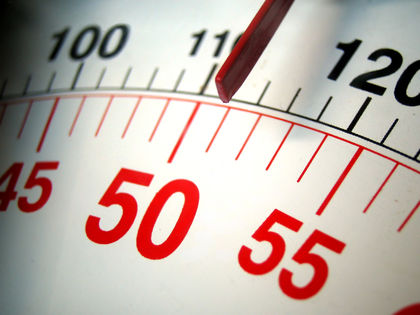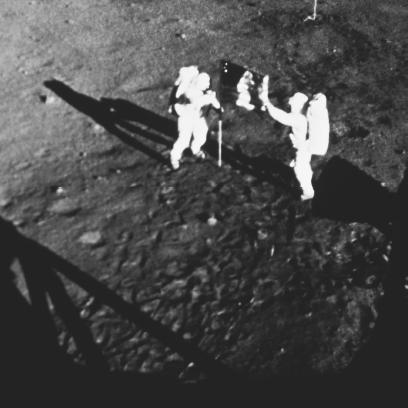Mass, Density, and Volume - How it works

Fundamental Properties in Relation to Volume and Density
Most qualities of the world studied by scientists can be measured in terms of one or more of four properties: length, mass, time, and electric charge. The volume of a cube, for instance, is a unit of length cubed—that is, length multiplied by "width," which is then multiplied by "height."
Width and height are not, for the purposes of science, distinct from length: they are simply versions of it, distinguished by their orientation in space. Length provides one dimension, while width provides a second perpendicular to the third. Height, perpendicular both to length and width, makes the third spatial dimension—yet all of these are merely expressions of length differentiated according to direction.
VOLUME AND DENSITY DEFINED.
Volume, then, is measured in terms of length, and can be defined as the amount of three-dimensional space an object occupies. Volume is usually expressed in cubic units of length—for example, the milliliter (mL), also known as the cubic centimeter (cc), is equal to 6.10237 · 10 −2 in 3 . As its name implies, there are 1,000 milliliters in a liter.
Density is the ratio of mass to volume—or, to put its definition in terms of fundamental properties, of mass divided by cubed length. Density can also be viewed as the amount of matter within a given area. In the SI system, density is typically expressed as grams per cubic centimeter (g/cm 3 ), equivalent to 62.42197 pounds per cubic foot in the English system.
Mass
MASS DEFINED.
Though length is easy enough to comprehend, mass is more involved. In his second law of motion, Sir Isaac Newton (1642-1727) defined mass as the ratio of force to gravity. This, of course, is a statement that belongs to the realm of physics; for a chemist, it is more useful—and also accurate—to define mass as the quantity of matter that an object contains.
Matter, in turn, can be defined as physical substance that occupies space; is composed of atoms (or in the case of subatomic particles, is part of an atom); is convertible into energy—and has mass. The form or state of matter itself is not important: on Earth it is primarily observed as a solid, liquid, or gas, but it can also be found (particularly in other parts of the universe) in a fourth state, plasma.

The more matter an object contains, the more mass. To refer again to the laws of motion, in his first law, Newton identified inertia: the tendency of objects in motion to remain in motion, or of objects at rest to remain at rest, in a constant velocity unless they are acted upon by some outside force. Mass is a measure of inertia, meaning that the more mass something contains, the more difficult it is to put it into motion, or to stop it from moving.
MASS VS. WEIGHT.
Most people who are not scientifically trained tend to think that mass and weight are the same thing, but this is like saying that apples and apple pies are the same. Of course, an apple is an ingredient in an apple pie, but the pie contains something else—actually, a number of other things, such as flour and sugar. In this analogy, mass is equivalent to the apple, and weight the pie, while the acceleration due to gravity is the "something else" in weight.
It is understandable why people confuse mass with weight, since most weight scales provide measurements in both pounds and kilograms. However, the pound (lb) is a unit of weight in the English system, whereas a kilogram

Weight is a measure of force, which Newton's second law of motion defined as the product of mass multiplied by acceleration. The acceleration component of weight is a result of Earth's gravitational pull, and is equal to 32 ft (9.8 m) per second squared. Thus a person's weight varies according to gravity, and would be different if measured on the Moon; mass, on the other hand, is the same throughout the universe. Given its invariable value, scientists typically speak in terms of mass rather than weight.
Weight differs as a response to the gravitational pull of the planet, moon, or other body on which it is measured. Hence a person weighs less on the Moon, because the Moon possesses less mass than Earth, and, thus, exerts less gravitational force. Therefore, it would be easier on the Moon to lift a person from the ground, but it would be no easier to move that person from a resting position, or to stop him or her from moving. This is because the person's mass, and hence his or her resistance to inertia, has not changed.
Comment about this article, ask questions, or add new information about this topic: